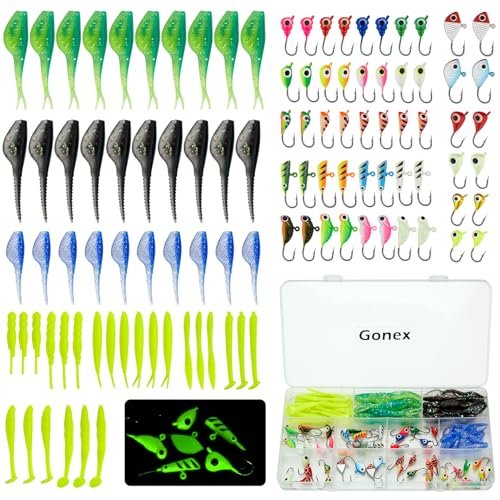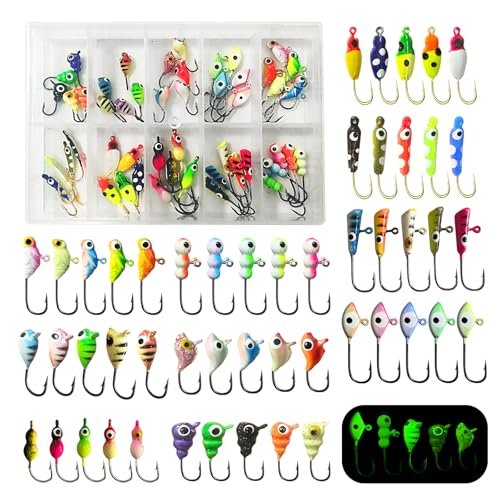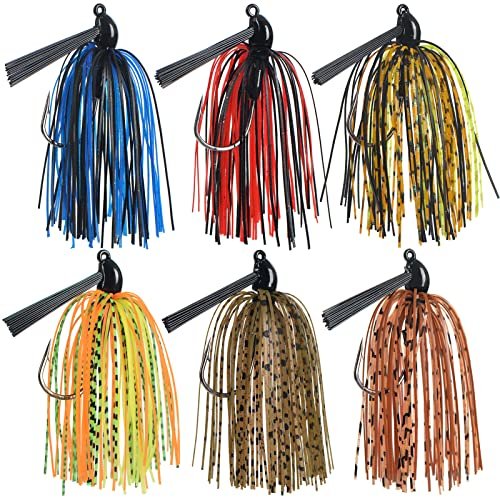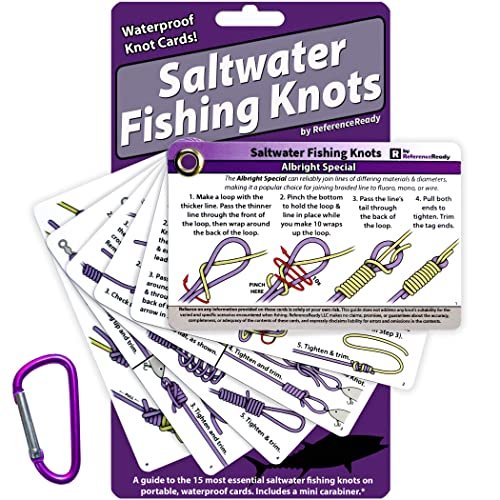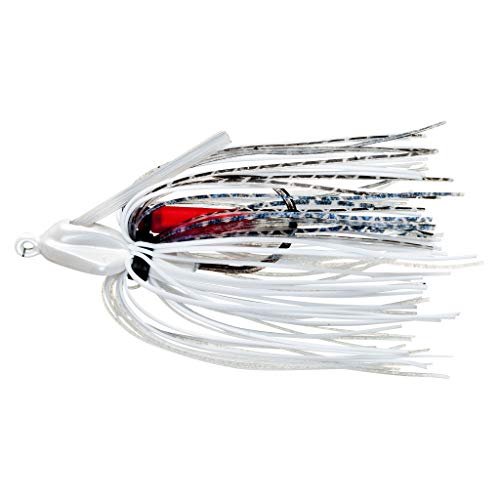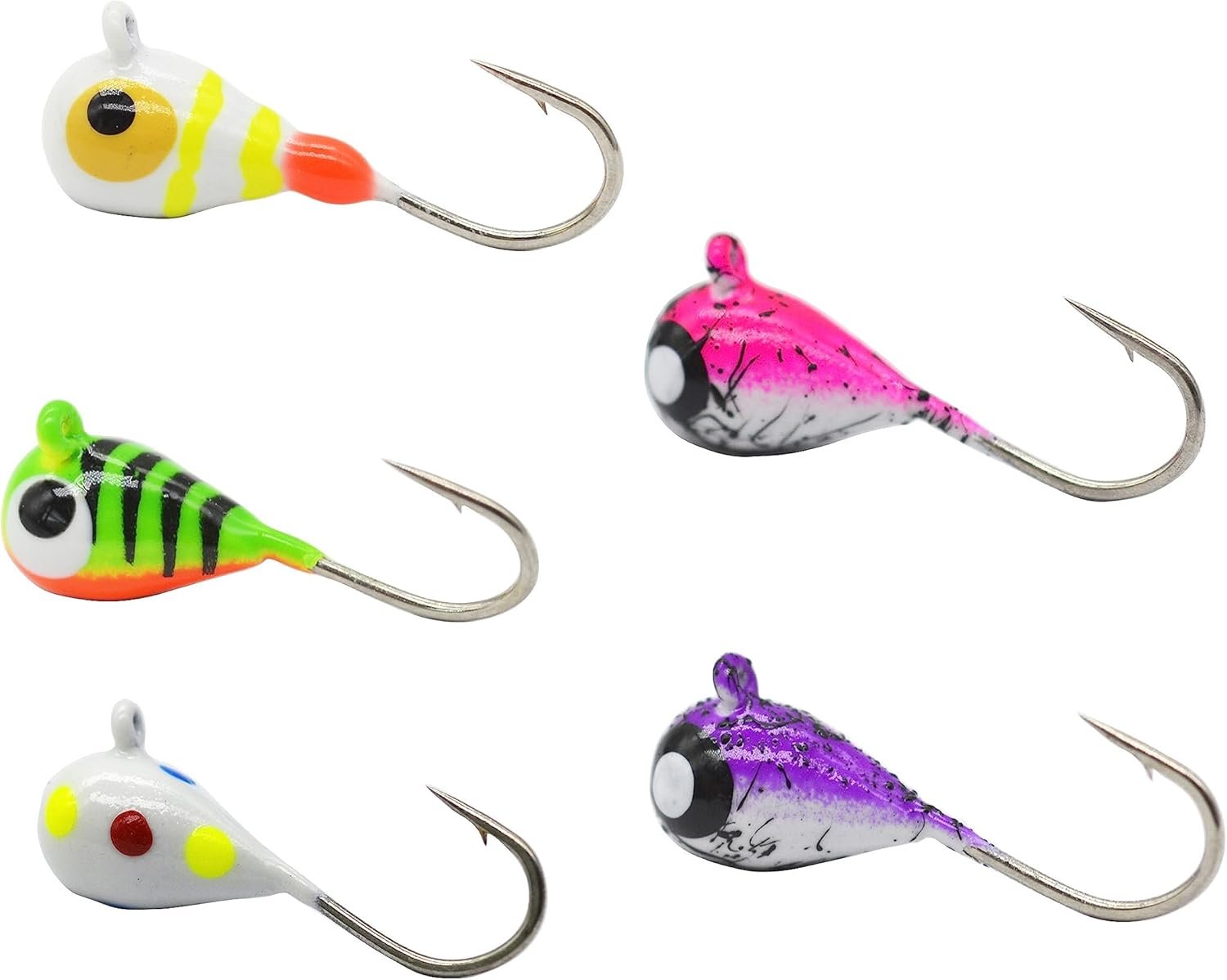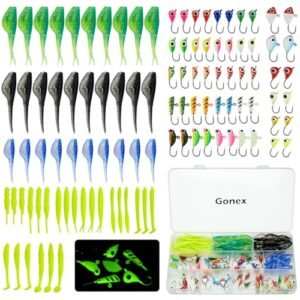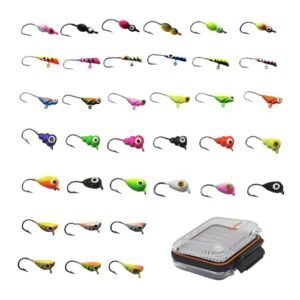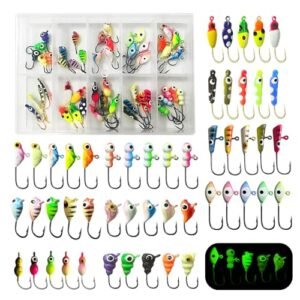Trout possess excellent eyesight, making them adept at spotting fishing lines. Understanding their vision is crucial for successful fishing. Anglers often choose lines with low visibility to increase their chances of catching trout. Clear or fluorocarbon lines are popular choices because they are less noticeable underwater.
Light refraction and water clarity also play significant roles in how visible a line is to trout. Using the right line can make a big difference. By selecting an appropriate fishing line, anglers can improve their success rates. Proper line selection is an essential skill for any serious trout angler.
The Visual World Of Trout
Trout have large eyes. Their eyes are on the sides of their heads. This gives them a wide field of view. They can see almost all around them. Trout eyes are designed to see underwater. They have special cells to detect light. These cells help them see in low light and murky water. Trout can also detect movement easily. This helps them catch prey.
Water affects how trout see colors. Colors can look different underwater. Red colors fade quickly in deep water. Blue and green colors stay visible longer. Trout can see these colors better. Light bends when it enters water. This bending changes how trout see objects. They can see fishing lines if they reflect light. Clear lines are harder for trout to see. Bright lines are more visible to them.
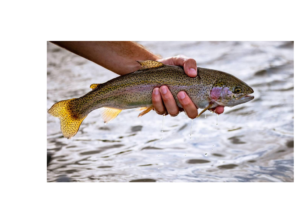
Credit: www.fix.com
The Science Behind Fishing Lines
Fishing lines come in different materials. Nylon, fluorocarbon, and braid are common types. Each has unique reflectivity. Nylon lines reflect more light. Fluorocarbon is almost invisible underwater. Braid lines are strong but more visible. Fish like trout notice reflections easily. Choosing the right material helps catch more fish.
Thicker lines are more visible to trout. Thin lines are harder to see. Line thickness affects visibility. Thinner lines are better for clear water. Thicker lines are useful in murky water. Visibility changes with light and water conditions. Always match line thickness to fishing environment.
Factors Affecting Line Detection
Trout can see better in clear water. Murky water makes it harder for them to see the fishing line. Bright sunlight helps trout spot the line easily. Cloudy days or shaded areas make it difficult for them. The depth of the water also plays a role. Deeper water often reduces visibility.
Choosing the right line color is crucial. Clear or transparent lines are often the best. They blend into the water better. Green lines work well in greenish waters. Blue lines are good for deep, blue waters. Brightly colored lines are more visible to trout.
Stealth Tactics For Anglers
Trout have excellent vision. They can often see the fishing line. Using a clear or low-visibility line can help. This makes it harder for the trout to notice the line. Fluorocarbon lines are a good choice because they are almost invisible underwater. Colored lines can also work if they match the water’s color. This helps the line blend in better.
The way you present your lure matters a lot. A natural presentation can trick the trout. Small lures often work best. They look more like the trout’s natural food. Movement is key. Make the lure move like a real fish or insect. This makes it more appealing to the trout.
Influence Of Line Visibility On Trout Behavior
Trout have excellent vision. They can see objects in their environment. A fishing line can be visible to them. This might make them cautious. They may avoid bait if they see the line. Using a clear or thin line can help. This makes it harder for trout to see the line. Anglers should be aware of this. It can increase their chances of catching trout.
Trout can also see shadows. Shadows of fishing lines can scare them. They might swim away from the bait. Lines that create fewer shadows are better. Using lighter lines can help. They cast smaller shadows in the water. This makes trout less scared. Anglers should choose their lines carefully. It can make a big difference in their success.
The Debate: Monofilament Vs. Fluorocarbon
Monofilament line is easy to use. It is affordable and flexible. Many anglers like its stretchability. This helps with sudden pulls. It is also easy to tie knots with it. But it has some downsides. It can wear out quickly. It is also more visible in water. Fish may see it.
Fluorocarbon line is almost invisible in water. This makes it great for catching trout. It is also strong and abrasion-resistant. It can last longer than monofilament. It is also denser. This helps it sink faster. But it is more expensive. It can also be harder to handle.
Angler Experiences And Field Tests
Trout possess keen vision that can detect fishing lines in clear water. Using thinner, fluorocarbon lines often proves more effective. Field tests show that stealthy presentation increases catch rates.
Real-world Observations
Many anglers have shared their experiences. They believe that trout can see the fishing line. Some anglers notice that trout avoid thicker lines. Thin and clear lines seem to work better. The color of the line also matters. Green or blue lines blend well in water. Fluorocarbon lines are popular. These lines are almost invisible underwater.
Angler Strategies And Adjustments
Anglers use various strategies to catch trout. Choosing the right line is important. Many prefer fluorocarbon lines for their invisibility. Thinner lines are often better. Some anglers use leaders to make the line less visible. Changing the fishing technique can also help. Using natural baits can distract trout from the line. Fishing during low light conditions can also be effective. Trout are less likely to see the line in dim light.
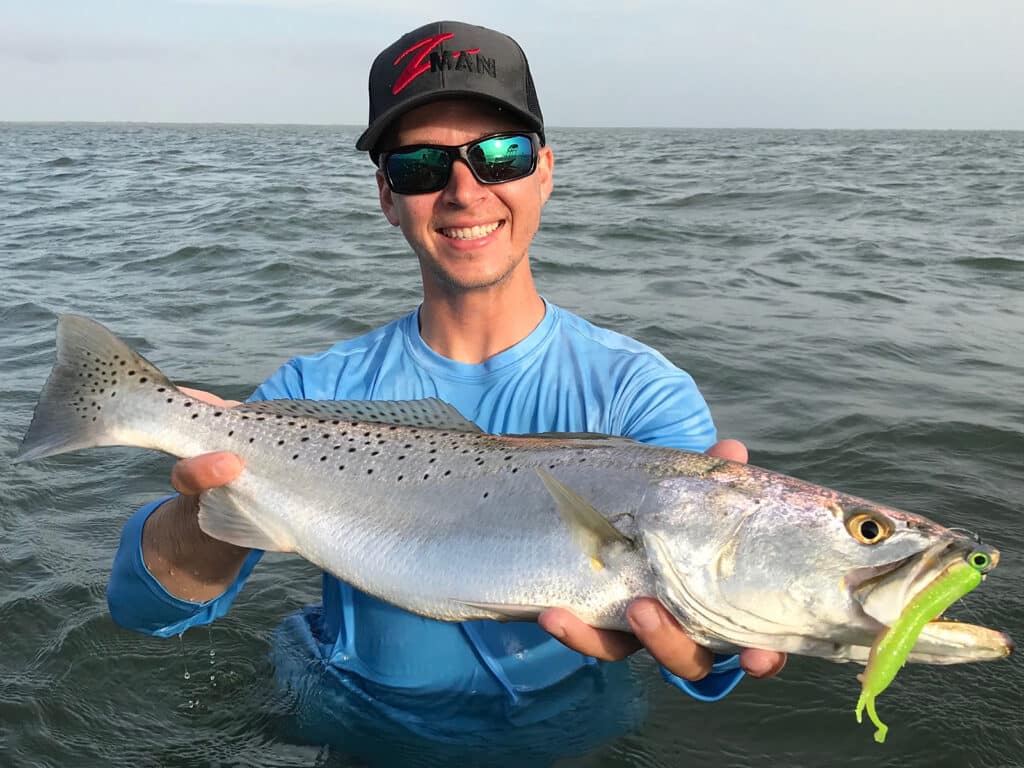
Advancing Your Angling Skills
Observe the water and surroundings. Notice the light and shadows. Look at the water clarity. Fish behave differently in clear and murky water. Learn the best times to fish. Early morning and late evening are ideal. Understand the trout’s habitat. They hide under rocks and near logs. Watch for insects on the water. Trout feed on these bugs. Matching your lure to these insects can help.
Use thin fishing lines for clear waters. Thicker lines are more visible to trout. Modern lines are strong yet thin. Choose fluorocarbon lines for better results. These lines are almost invisible underwater. Try using lures that mimic natural prey. Some lures even have scents. This attracts trout more effectively. New rods and reels offer better control. Lightweight and durable gear enhances your experience.
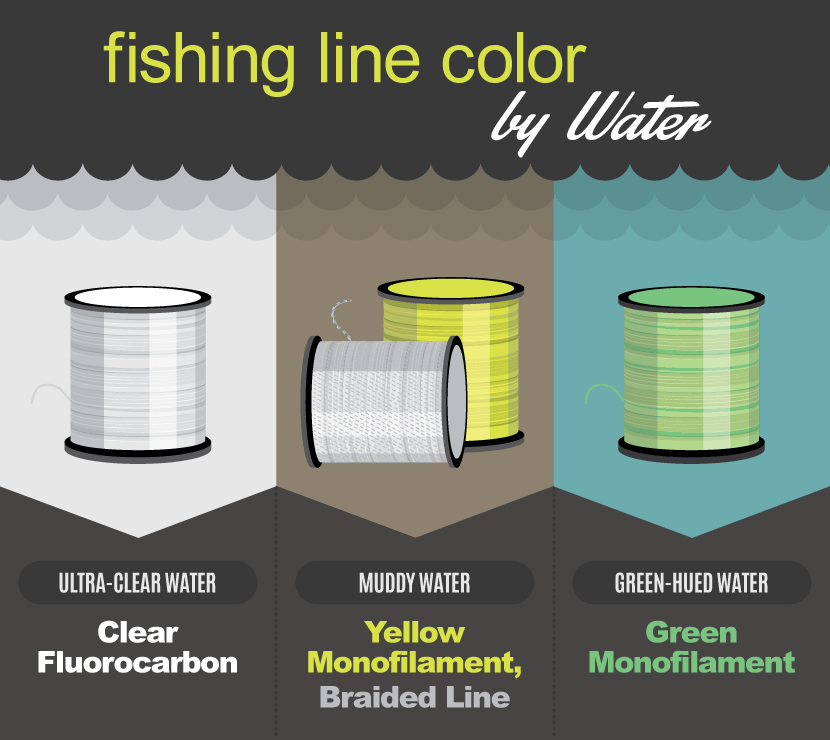
Frequently Asked Questions
Can Fish See The Fishing Line?
Yes, fish can see the fishing line, especially in clear water. Using a thin, transparent line can reduce visibility.
Can Trout See The Orange Line?
Trout can see colors, including orange. Their vision helps them detect prey and avoid predators. Using an orange line might alert them.
What Can Trout See?
Trout can see colors, especially reds and greens. They have excellent vision in low light and detect movement well. Their eyes are adapted for underwater vision.
What Kind Of Fishing Line To Use For Trout?
For trout fishing, use a 4-6 pound monofilament or fluorocarbon line. These lines offer low visibility and good strength.
Conclusion
Trout have excellent vision and can detect fishing lines, especially under certain conditions. Using a clear or thin line can improve your chances. Understanding how trout see can help you choose the right tackle. Remember, adapting your techniques can lead to a more successful fishing experience.
Happy fishing!









